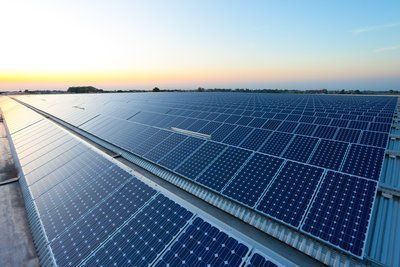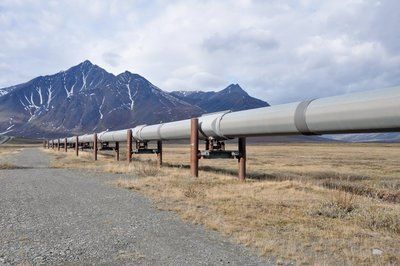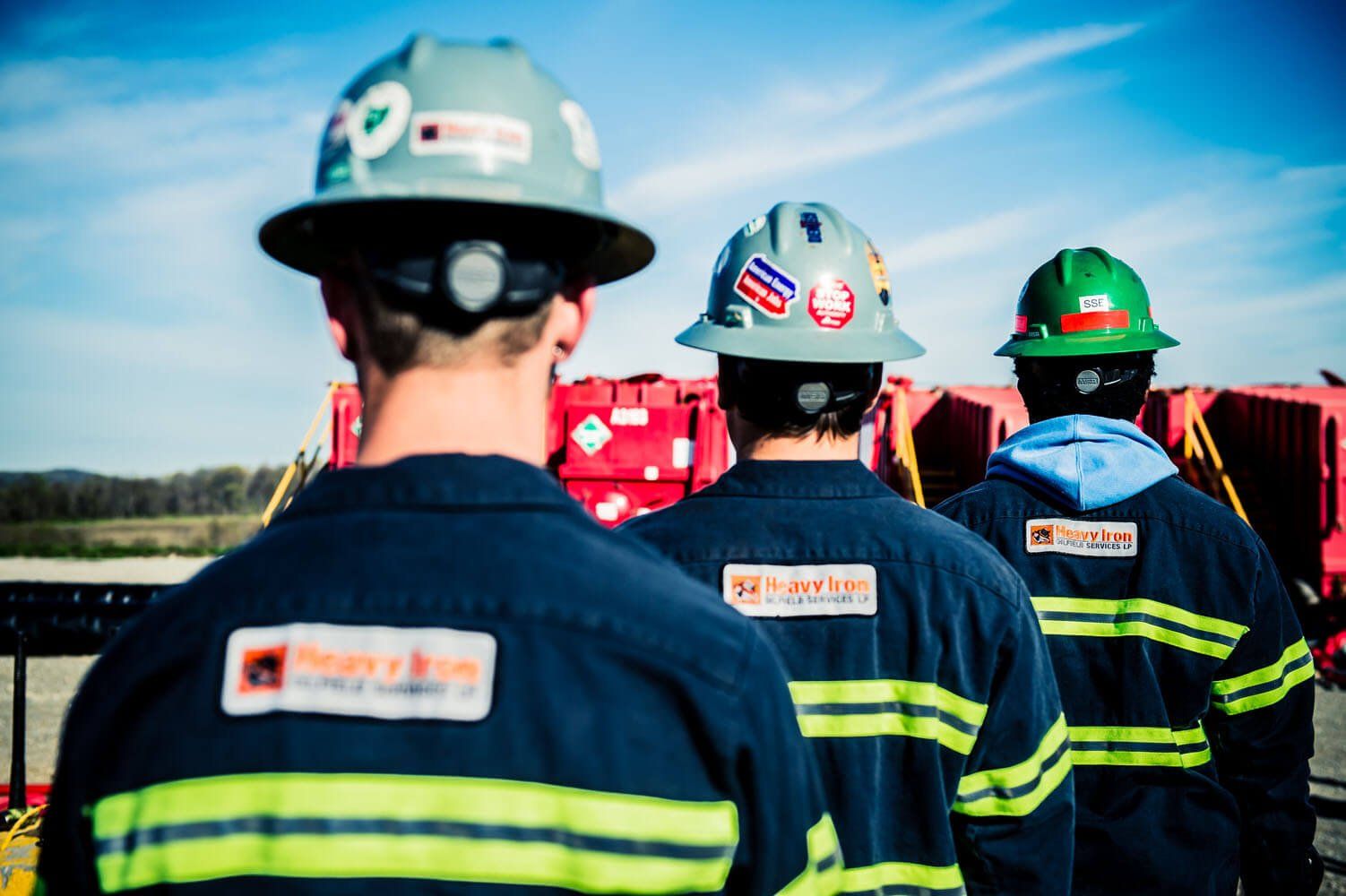HEAVY IRON NEWS
What Is An Oil Line Heater?
- By Design Team
- •
- 27 Oct, 2015

THE DANGER OF HYDRATE FORMATION
HOW OIL LINE HEATERS FUNCTION
CHOOSING AN OIL LINE HEATER
Oil line heaters generally come in two primary models: upstream and downstream. Upstream models are naturally capable of producing greater pressure, whereas downstream models have low pressure coils. A standard density oil line heater will usually have about 12 coils, whereas an ultra-high density heater will have 24 coils. The coils will indicate how much heating can be produced from the unit. Additional coils will also consume additional energy. For most applications a standard density oil line heater is sufficient. Many oil line heaters come with a warranty ranging from 12 months to 18 months, and they are usually extremely affordable compared to other oil field assets.
Oil line heaters are essential oil field equipment for any area that may have issues with hydrate plugs. They come in pre-assembled packages, are easy to set up, and will make sure that the process temperature of upstream and downstream equipment remains within acceptable parameters. For the cost of an oil line heater, oil and gas companies will be able to achieve increased efficiency and worry-free performance.
Subscribe to Email Updates
Recent Post

| A new project in development in Oman may be able to revolutionize the way that people think about solar energy and oil and gas. The Miraah project currently being developed will use solar power in order to produce oil, thereby reducing the amount of natural gas Oman residences will need to rely upon. Ideally, the Miraah project will be able to address many of the outstanding issues with solar technology related to energy capture, while creating a more efficient and effective method of oil production. |








